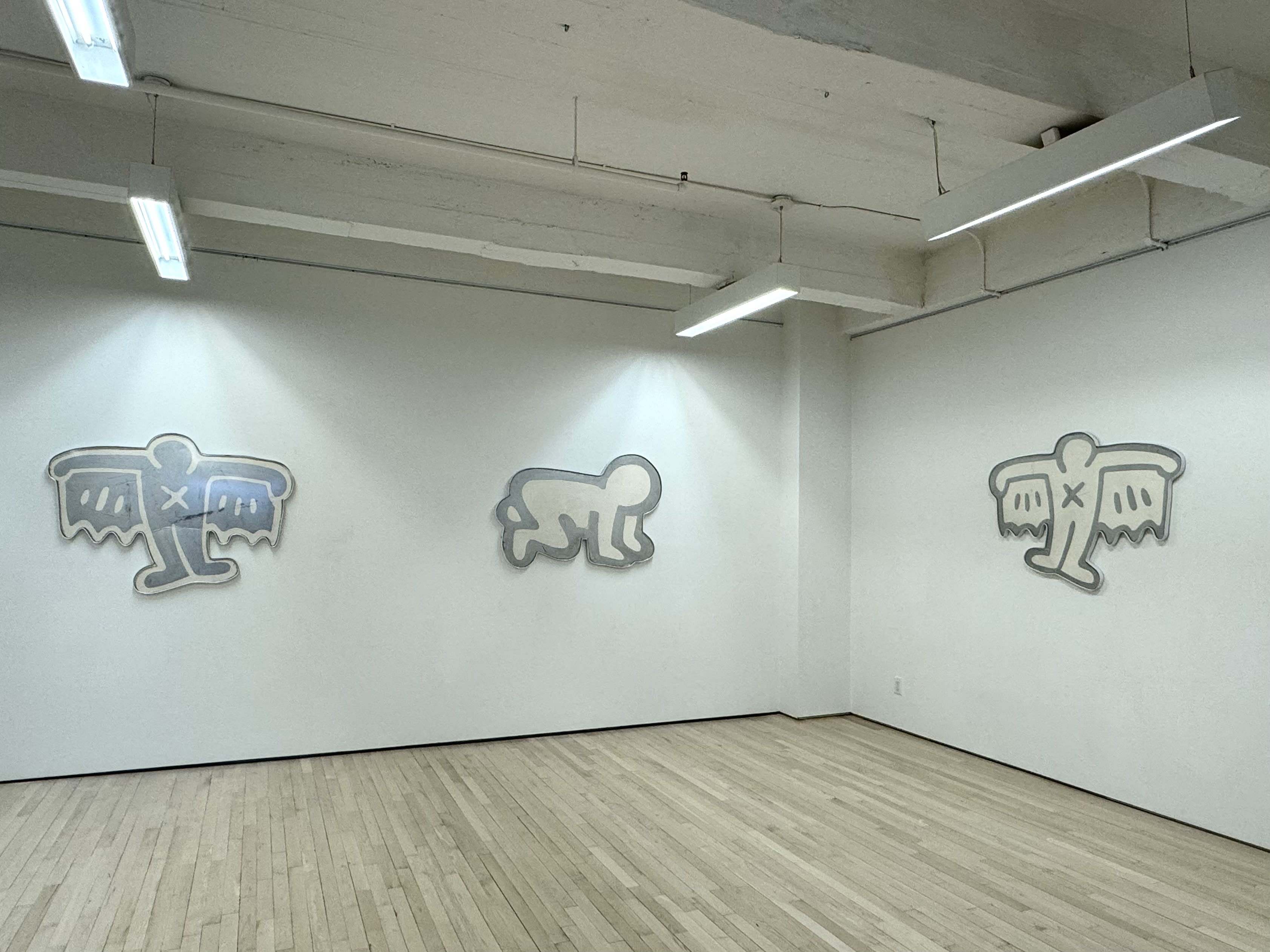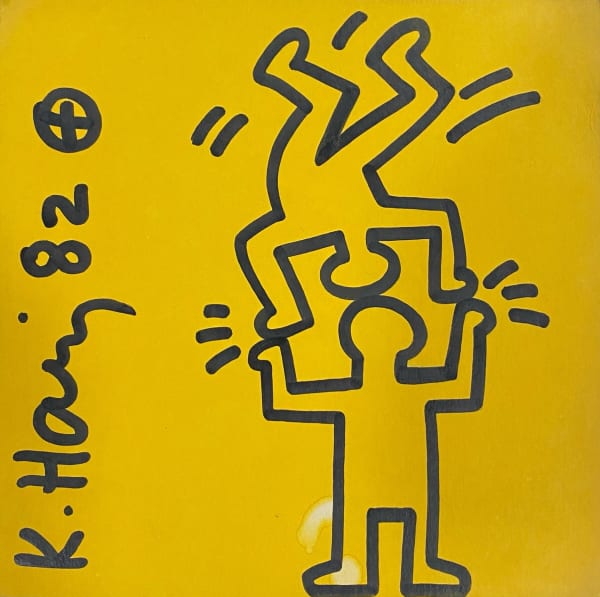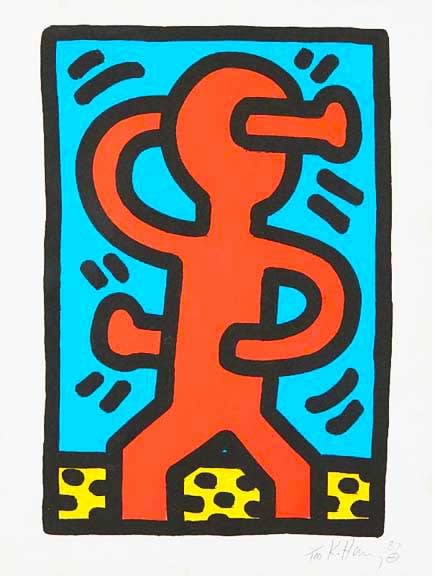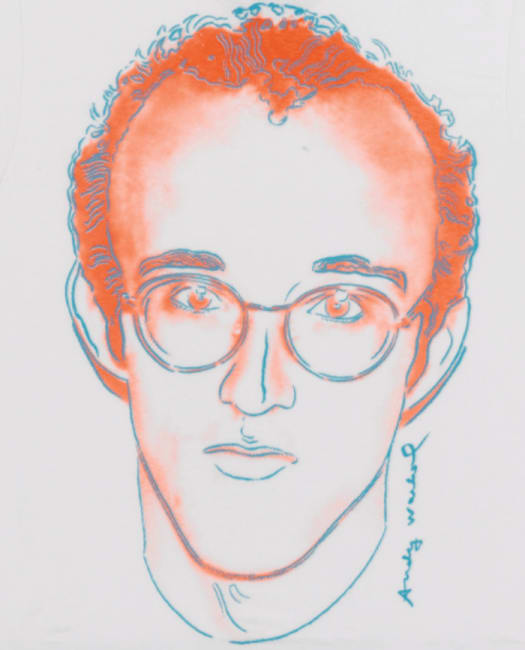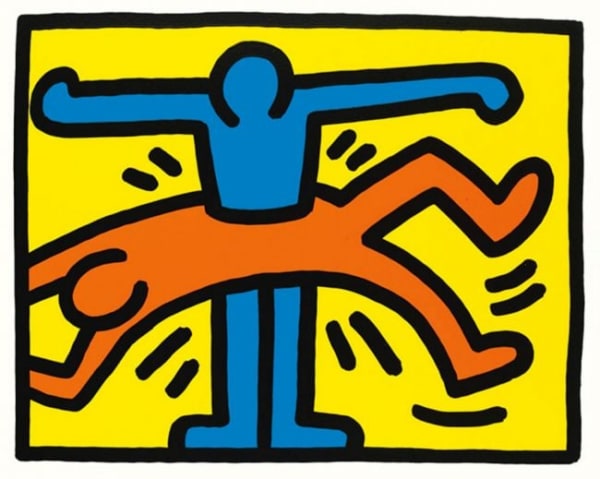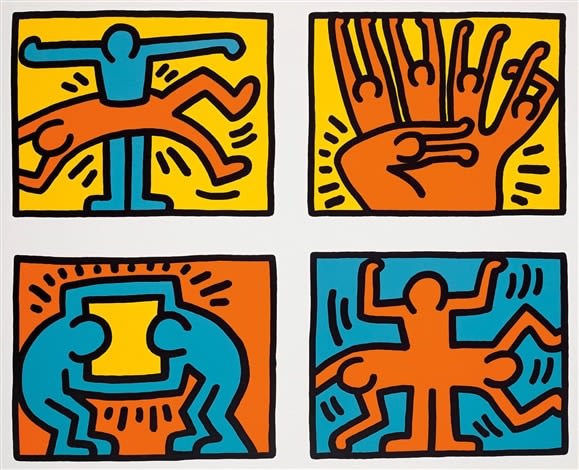Best known for his simple, single line designs: humans, dogs, crawling babies, and monsters, most people, even if they don’t know all about the life of Keith Haring, would recognize his iconic designs. But there’s so much more to Haring’s story than that: he was an incredibly daring artist who changed the culture of art entirely in many ways. His art moves viewers, even decades after its creation, and upon seeing it, it’s very clear why.
In Between The Lines opening 9 May with a reception from 6-8pm EST will be on view through 31 May at Guy Hepner 521 West 26th Street, Floor 5, New York City, New York, 10001. The show includes nearly 40 works ranging from editions to unique works on paper and sculpture each moving in itself as a visual form of activism and dedication to the inspiration and major issues of everyday life as much in the 1980s as today.
Keith Haring was born in 1958 in Kutztown, Pennsylvania. He moved to New York City in the late 1970s to study art. Although he began taking studio art courses at the School of Visual Arts, one of his major inspirations was hip-hop culture. Haring wanted to challenge what was expected of art. Inspired by graffiti and street art, Haring began creating chalk drawings in the New York City subway system. Like the graffiti writers, Haring was interested in making work in public spaces. This work was meant to reach people outside of the existing audience of museum and gallery visitors. While some works were playful, others took on serious issues like nuclear energy, and the image saturation of everyday life.
With the traction Haring’s art was picking up in New York, it’s no wonder that he gained such immense popularity. By the mid 1980s Haring was an art world star with major gallery and institutional exhibitions in the US and abroad.

He worked across media, in painting, drawing, sculpture, and video. Haring continued to work in the subways, and took every opportunity to present his work outside of the expected art world spaces. And while his art is uniquely moving in itself, it was his activism and dedication to the AIDS crisis that set him apart from many other artists.

Haring used his art as a political tool for activism, especially to draw attention to the dire AIDS crisis that was profoundly affecting the LGBTQ+ community in New York City in the 1980s. While artists have been involved in direct political action since long before Haring, he and the generation of artists involved in ACT UP (AIDS Coalition to Unleash Power, other artists involved include Zoe Leonard and David Wojnarowicz) created posters, advertisements, performances, and direct actions that forced the US government to respond to the on-going HIV/AIDS crisis. Haring’s art changed the culture around activism. Among his impacts on society was the democratization of art, and a career that questioned the boundaries between art and popular culture. This connection of art, politics, and pop culture has deeply changed how the world views activism over the last several decades and is seen even today. Haring’s legacy persists in the work of artists whose creative projects are heavily inflected by their relationships with queer nightlife culture, it also persists in the ever-present art/fashion collaborations that are commonplace for both luxury and fast-fashion brands.
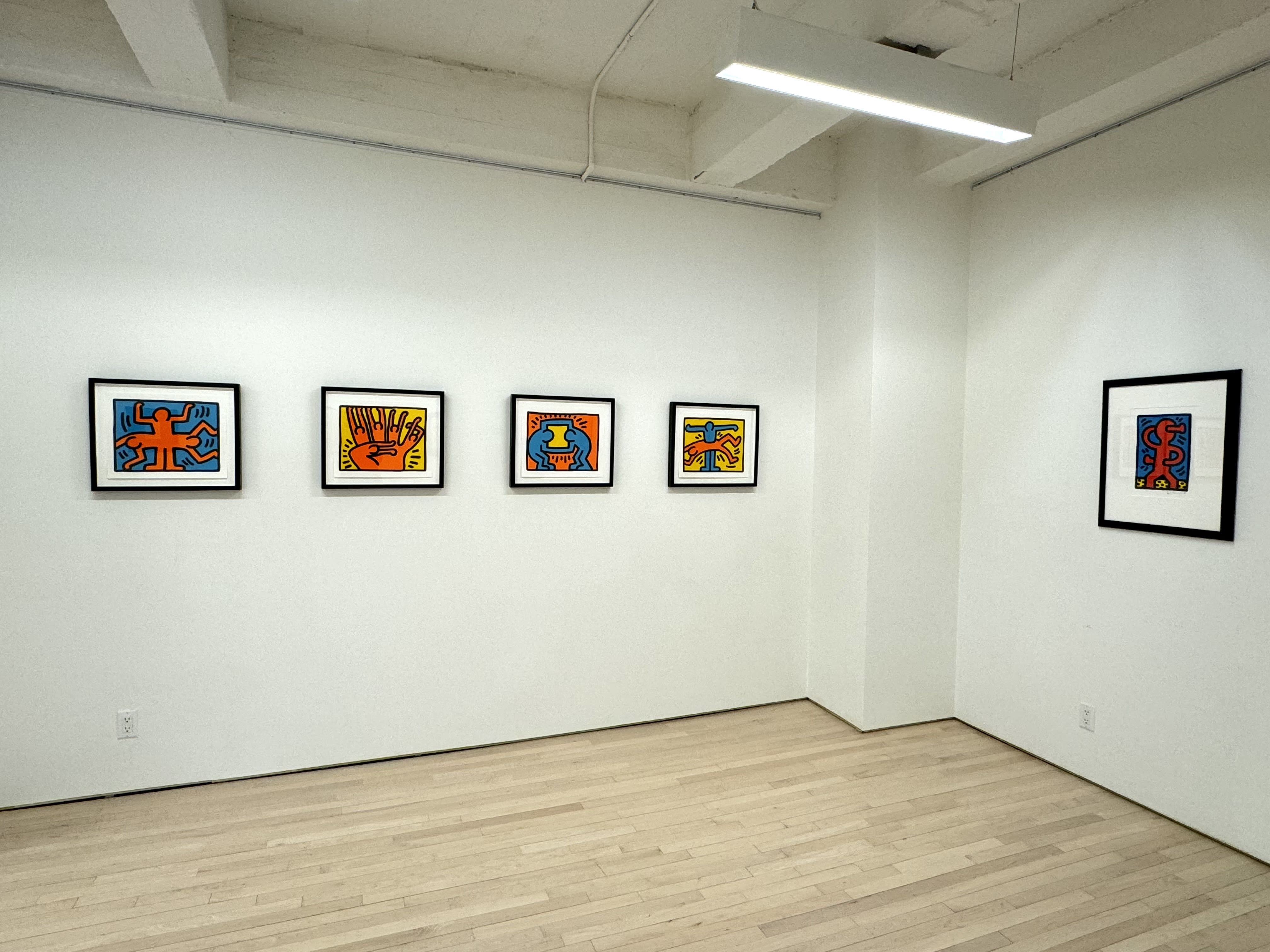
Haring himself was diagnosed with AIDS in the late 1980s. He didn’t let this diagnosis, which was largely misunderstood and stigmatized in the 1980s in the U.S., stop him from his work, however. Haring bravely continued to change the world, even as he died from AIDS. Haring’s AIDS diagnosis led him to create many posters and graphic designs that sought to draw awareness to the AIDS crisis, and to safer sex measures. He also created the Keith Haring Foundation, with a mandate to steward the artist’s legacy after his death, and support research and treatment for HIV/AIDS. Even after his devastatingly premature death from AIDS in 1990 at only 31 years old, Haring continued to be a force for good in the world.
